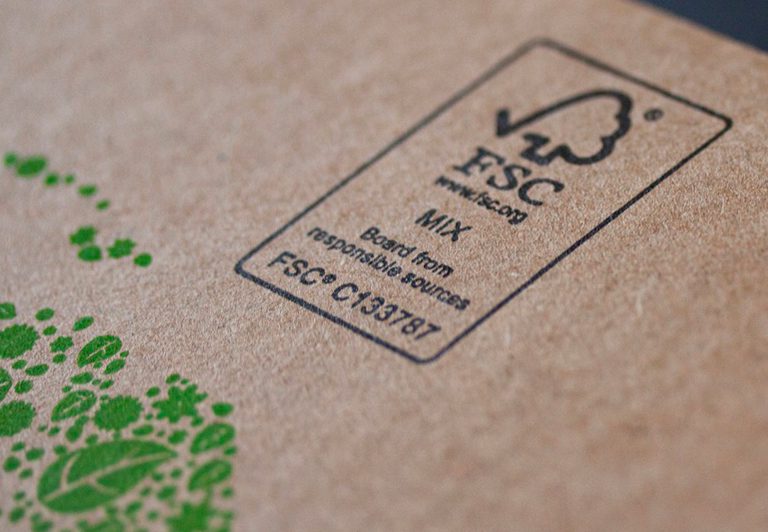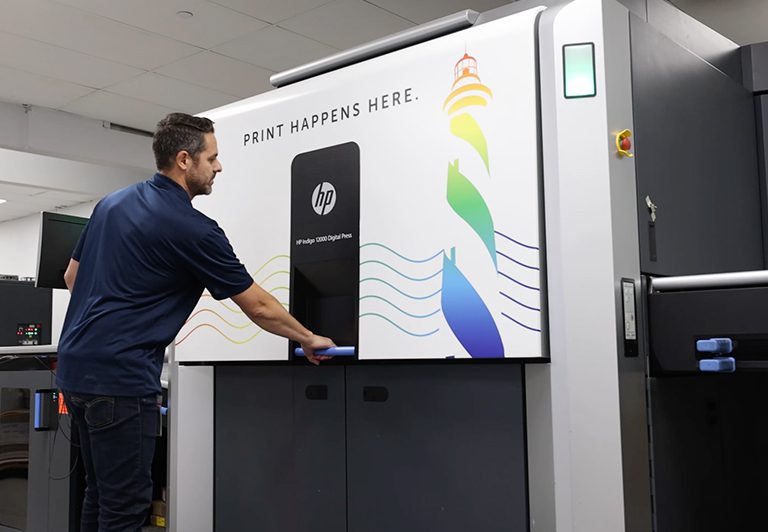As print buyers, we all want to be friendly to the earth, but what is the best strategy for doing so? Often, our first thought is to use recycled paper with varying percentages of post-consumer waste (PCW) content, and this is a good approach. Yet there are other ways to make earth-friendly decisions when designing and ordering print materials. Let’s look at six simple ways beyond recycled paper to make your print more sustainable.
#1. Spec paper with virgin fiber. While this might seem counterintuitive, virgin fiber is an important aspect of the sustainable print lifecycle. Sixty percent of forests in the United States are privately owned. Demand for pulp-based products keeps our forests a viable source of income for forest owners, making them a valuable asset. If private forests don’t provide revenue, they risk being sold for other revenue-generating opportunities like real estate.
Virgin fiber is also a vital component of the recycling stream. Paper fibers can only be recycled five to seven times before they are no longer usable. To maintain a strong, high-quality pool of recycled paper, virgin fiber must be flowing into the system.

#2. Ask for environmentally friendly inks and coatings. While solvent-based inks and coatings have many benefits, including extremely high scuff-resistance, their use in the print production process emits toxic fumes, and the resulting products cannot be recycled. Water-based inks and coatings, on the other hand, have high performance qualities and do not emit toxic VOCs. Many coatings allow the paper to be repulped and recycled, as well.
#3. Avoid lamination. If you’re specing packaging, try to avoid designs that require lamination. Once plastic film is laminated to paper, that paper becomes much more difficult for mills to de-pulp and reuse.
#4. Limit foil stamping. Some sources claim that the use of foil stamping in your printed materials does not negatively impact the recycling stream, while other sources state that foil should be used on less than 30% of the material for it to be safely recycled.
#5. Utilize print-on-demand. Marketers often print a significant supply of “overs” and store materials in inventory to cover possible future needs. When inventory becomes obsolete and gets thrown away, you’re wasting money and the environmental resources (consumables, chemicals, and energy to run the press) used to create those materials. Making the decision to print-on-demand helps you reduce your environmental impact and reduce your cost.

#6. Clean and de-dupe your customer lists. Nothing says “waste” like undeliverable mail. For the lowest environmental footprint, keep your mailing list accurate, up to date, and free of duplicates.
Each of these six proactive measures counts. Follow all six and you’re a sustainability hero!
Embrace a greener future with Hatteras as your sustainability partner. Our expertise in sustainable printing can help your business make a positive environmental impact.
